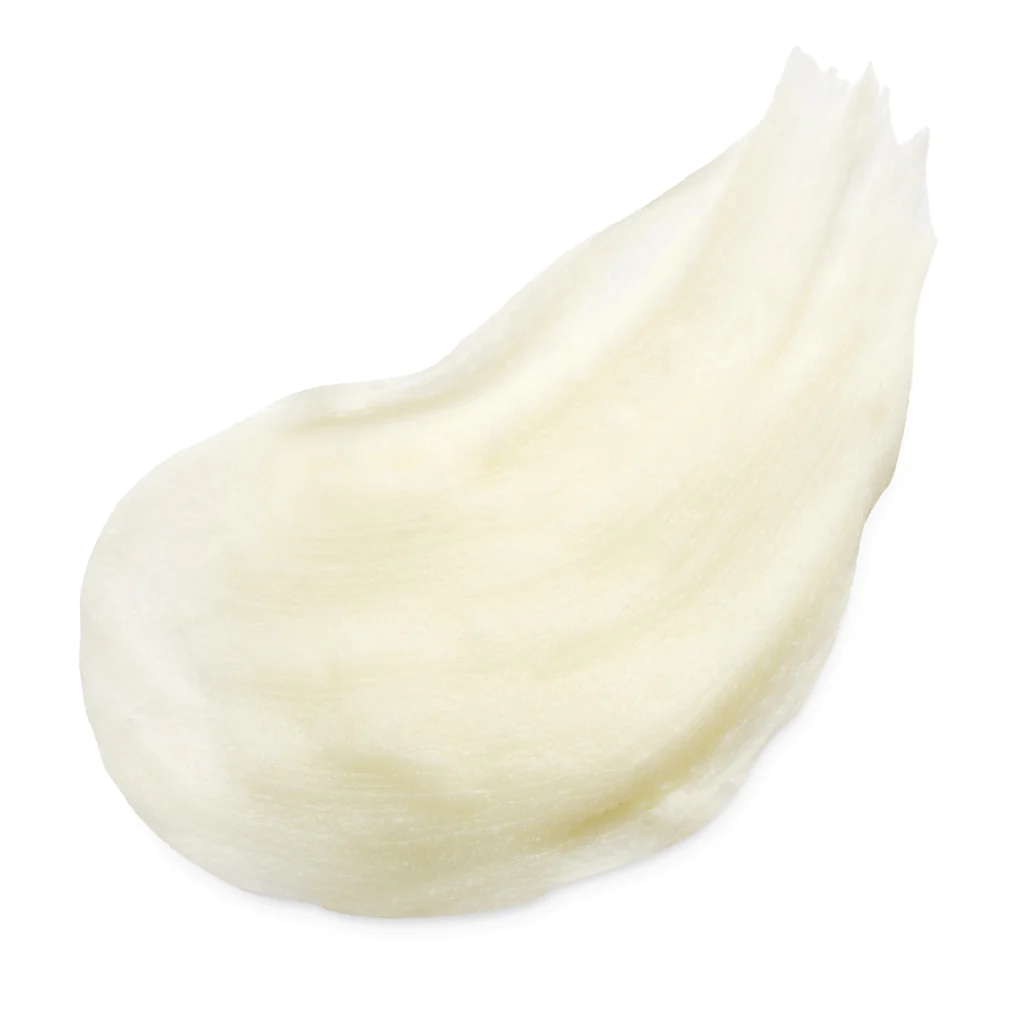Guide to Applying Diaper Cream
Protecting your baby’s delicate skin during diaper changes is essential, and diaper cream plays a crucial role in preventing and soothing diaper rash. But with various types, application methods, and potential concerns, navigating diaper cream usage can feel overwhelming. This guide, however, aims to clear the confusion by providing a step-by-step approach, addressing common questions, and offering additional tips for optimal care.
Gathering Your Essentials:
- Freshly changed diaper: Begin with a clean, dry diaper for maximum cream effectiveness.
- Gentle wipes: Choose fragrance-free wipes to avoid irritation.
- Warm water (optional): If using cloth diapers, you might need warm water for rinsing.
- Diaper cream: Select a pediatrician-recommended option based on your baby’s needs (e.g., barrier cream for prevention, zinc oxide cream for treatment).
- Soft washcloth (optional): If preferred, use a soft, clean washcloth for additional cleaning.
Preparing for Application:
- Wash your hands thoroughly: This crucial step helps prevent spreading germs to your baby’s sensitive skin.
- Cleanse the diaper area: Gently remove any remaining stool or debris using wipes. If using cloth diapers, rinse with warm water and pat dry completely.
- Pat the area dry: Ensure the diaper area is completely dry before applying cream. Moisture can hinder the cream’s effectiveness and create a breeding ground for bacteria.
Applying the Cream:
- Less is more: Start with a pea-sized amount of cream and spread it evenly over the entire diaper area, including skin folds and creases. Avoid applying near the genitals.
- Focus on vulnerable areas: Pay extra attention to areas prone to irritation, such as the folds between the buttocks and thighs. These areas require a slightly thicker layer of cream for enhanced protection.
- Gentle touch: Be gentle when applying the cream to avoid aggravating your baby’s skin. Rubbing or pulling can further irritate the delicate area.
Additional Tips:
- Change frequently: Regularly changing diapers and promptly addressing messes are key to preventing diaper rash. Aim for changes every 2-3 hours, or more frequently if needed.
- Observe your baby: Monitor your baby’s skin for signs of irritation, such as redness, bumps, or bleeding. If you notice any concerns, don’t hesitate to consult your pediatrician for personalized guidance.
- Different formulations: Choose a cream based on your baby’s needs and skin sensitivity. Options range from zinc oxide creams for treatment to hypoallergenic formulas for sensitive skin. Consult your pediatrician for recommendations tailored to your baby’s specific case.
- Petroleum jelly alternative: While commonly used, petroleum jelly offers no barrier protection and may worsen diaper rash. Opt for diaper creams specifically formulated for this purpose.
- Let air breathe: Whenever possible, allow some air exposure to the diaper area. Consider “naked time” during diaper changes to promote healing and air circulation.
Advanced Techniques:
- Treating stubborn rash: If your baby has a persistent rash, consult your pediatrician about stronger creams or additional steps. They might recommend applying cream more frequently or using a medicated barrier for enhanced protection.
- Soothing sensitive skin: For babies with particularly sensitive skin, explore hypoallergenic diaper creams or natural alternatives like coconut oil or shea butter (always patch test first on a small area to check for allergic reactions).
- Dealing with yeast infections: If you suspect a yeast infection, your pediatrician will prescribe an antifungal cream to be applied alongside the diaper cream for effective treatment.
Troubleshooting Tips:
- Cream not sticking: If the cream doesn’t adhere well, ensure the skin is completely dry before application. You can also try a thicker cream formulation for better adherence.
- Redness around application area: This might indicate an allergic reaction to the cream. Stop using it immediately and consult your pediatrician for alternative options.
- Diaper blowout: In case of a major mess, clean the area thoroughly with wipes or warm water before applying a fresh layer of cream.
Remember:
- Every baby’s skin is different, so what works for one may not work for another. If you have any concerns about your baby’s skin or suspect a more serious issue, always consult your pediatrician for personalized advice and treatment plans.
- Consistency is key: Regularly applying diaper cream, especially after each bowel movement, helps prevent and manage diaper rash, promoting your baby’s comfort and healthy skin.
- With proper care and this helpful guide, you can ensure your baby’s comfort and prevent the discomfort of diaper rash. Remember, even though this guide provides insightful information, it shouldn’t substitute for professional medical advice. Always prioritize consulting your pediatrician with any concerns regarding your baby’s health or skin issues.





